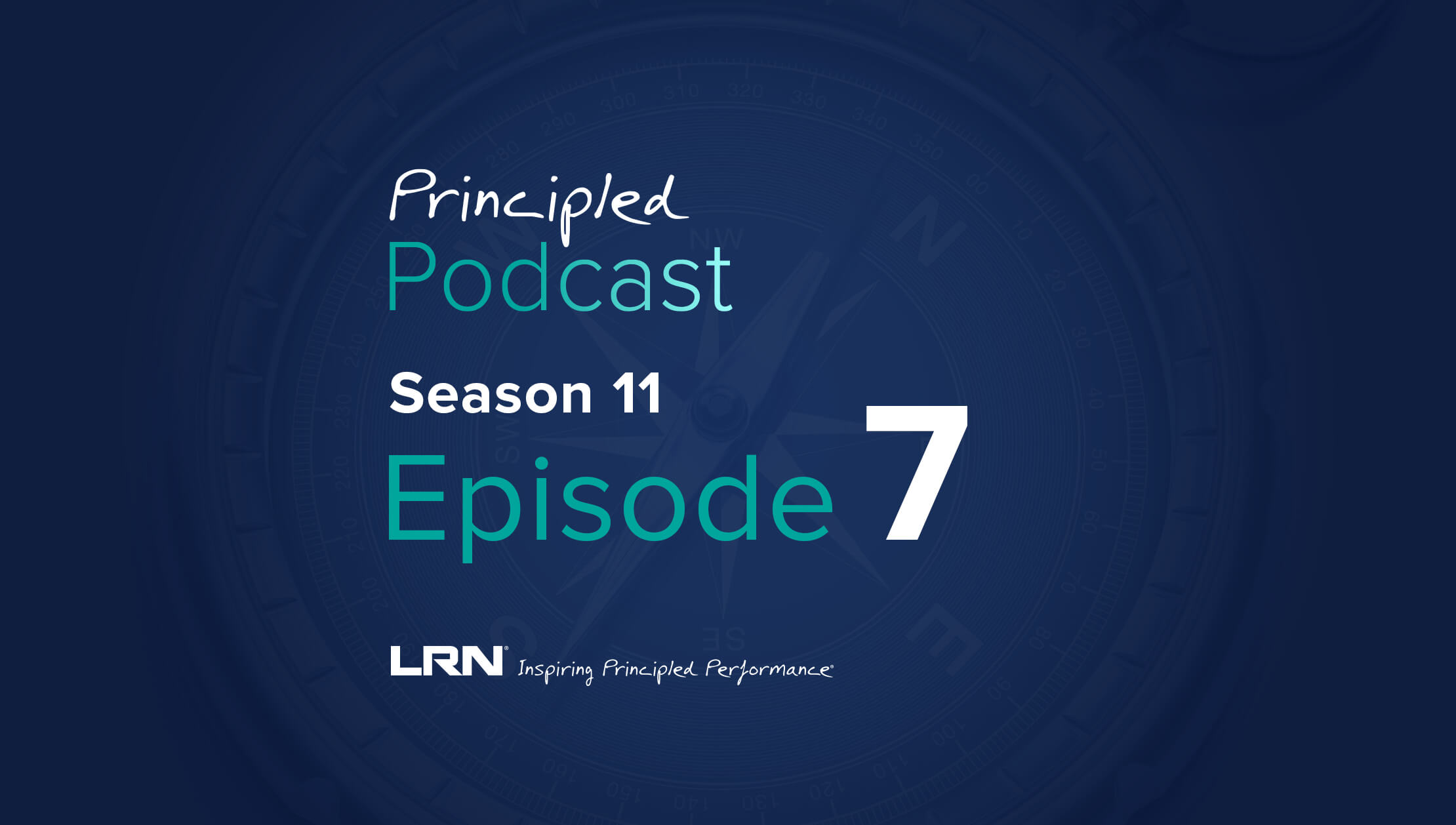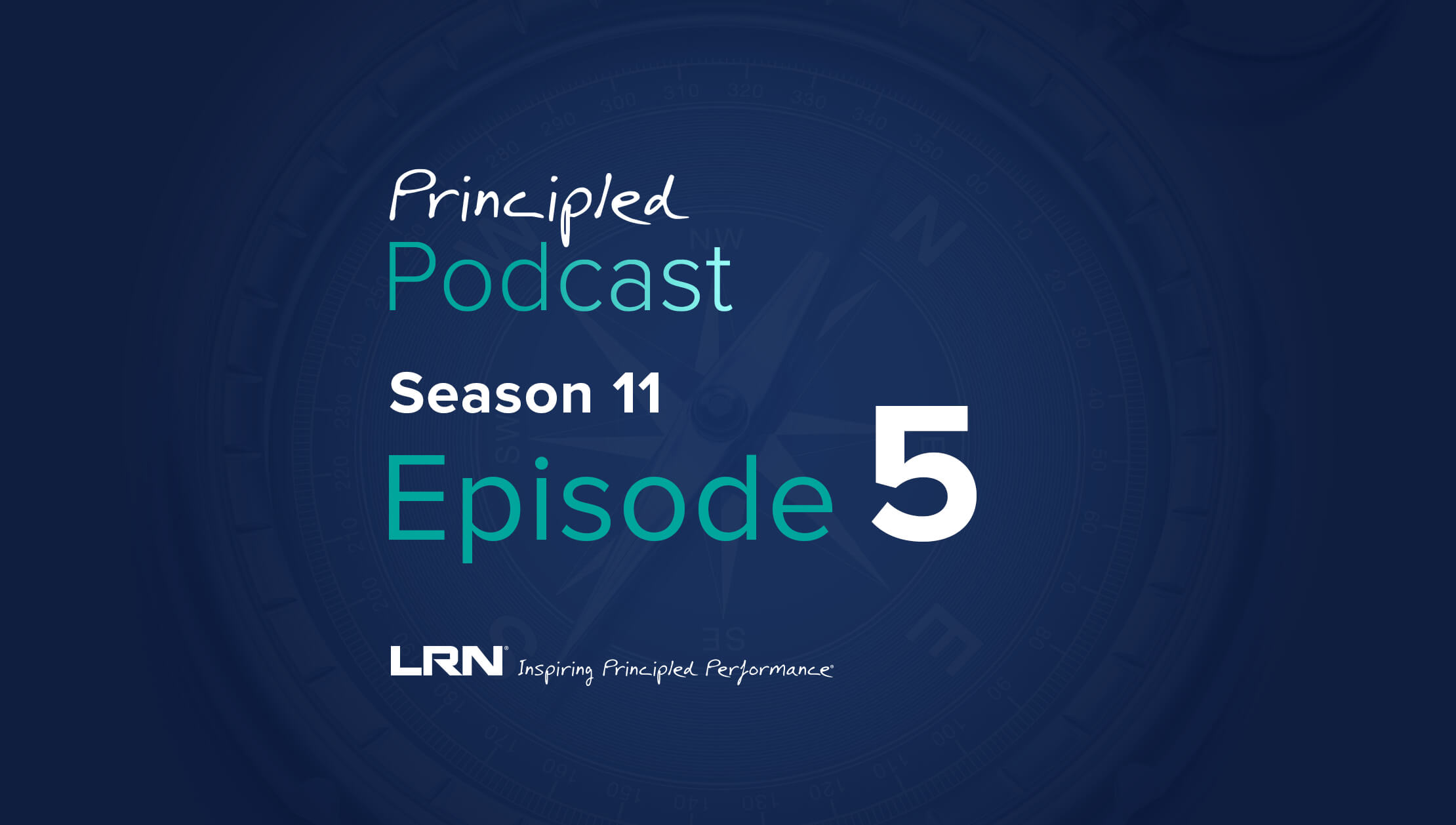During LRN’s webinar April 16 on COVID-19, a leading chief ethics and compliance officer deemed the crisis “a tale of two cities” for ethics and compliance programs, a reference to the book’s famous opening: “it was the best of times; it was the worst of times.”
She observed some ethics and compliance programs have faded into the woodwork to avoid getting in the way of organizations struggling to cope. By contrast, others were at the epicenter of their employers’ decision-making and responses to the crisis, helping ensure ethical considerations stay front and center.
What are the factors that make some E&C programs relevant, and others less so in meeting the unprecedented challenge that COVID-19 poses? LRN’s 2020 Program Effectiveness Report, written as the crisis started to unfold, offers relevant insights.
LRN’s ongoing research and experience with thousands of organizations over the decades demonstrates a values-based approach to governance builds and sustains ethical culture that correlates strongly with more effective E&C programs. Values transform culture and impact behavior; rules merely set minimum standards.
Both are necessary, but our research and analysis of ongoing misconduct scandals and the current crisis, shows focusing on the factors and best practices that underlie and foster ethical culture is the key difference between E&C programs that inspire and those that fade into the background when challenges arise.
The PEI report, based on a global survey of 500 ethics, compliance, and legal executives and experts, evaluates the effectiveness of E&C programs based on behavioral factors such as trust, respect, transparency, rather than relying on checklists of program elements—the approach taken by most surveys.
It found high-performing E&C programs go beyond the minimum required by law, regulation, or procedures, and ask their employees to live their values, not merely follow rules.
During COVID-19, inspiring examples of values-based decision-making have proliferated. As described by chief ethics and compliance officers in LRN’s webinars during the crisis, organizations have voluntarily put people first, closing down even when authorized to continue operations, to protect their workforce.
Employees in healthcare, electrical grid maintenance, and other critical areas have volunteered to self-isolate at their place of work for weeks at a time or keep working despite personal risk to ensure the welfare of others. Chief executives host weekly meetings, answering questions from across their organizations. These are examples of strong ethical culture at work and ethics programs with impact.
Overview of Key Insights
The research and survey results behind the 2020 Ethics & Compliance Program Effectiveness Report affirm the most important factor in preventing misconduct and performing well under pressure is a culture based on integrity, accountability, and transparency.
“Checking all the boxes when it comes to an ethics program only matters if the organization’s underlying culture matches its commitments on paper.”—LRN’s 2020 Program Effectiveness Report
The critical differences LRN’s research identifies between highly effective E&C programs and those that are less impactful are the following:
- Leaders at all levels model values-based behaviors and bring to life the organization’s code of conduct and policies. Ethics and compliance isn’t just left to the lawyers, it’s everyone’s responsibility.
- The organization’s values permeate its code, policies, training, and evaluation/compensation processes. In these organizations, values are “in the drinking water,” as one chief ethics and compliance officer remarked, not just on the website.
- Ethics and compliance considerations are integrated into business decisions, planning, and operations. In particular, these considerations are taken into account when setting revenue targets and schedule priorities to avoid incentivizing misconduct, or sending mixed messages when it comes to following the letter and the spirit of internal controls.
- Audit, evaluation, and risk mitigation are used to effectively identify problems and learn from mistakes. High-impact programs use audits, regular evaluation of their effectiveness, and root cause analysis when misconduct occurs to measure compliance program effectiveness and ensure they aren’t on “cruise control.” They integrate the results of self-scrutiny into their risk mitigation processes going forward.
As the world emerges from the COVID-19 crisis, there are important lessons to be learned about resiliency and how ethical culture can sustain and inspire organizations in the best of times and the worst of times.



